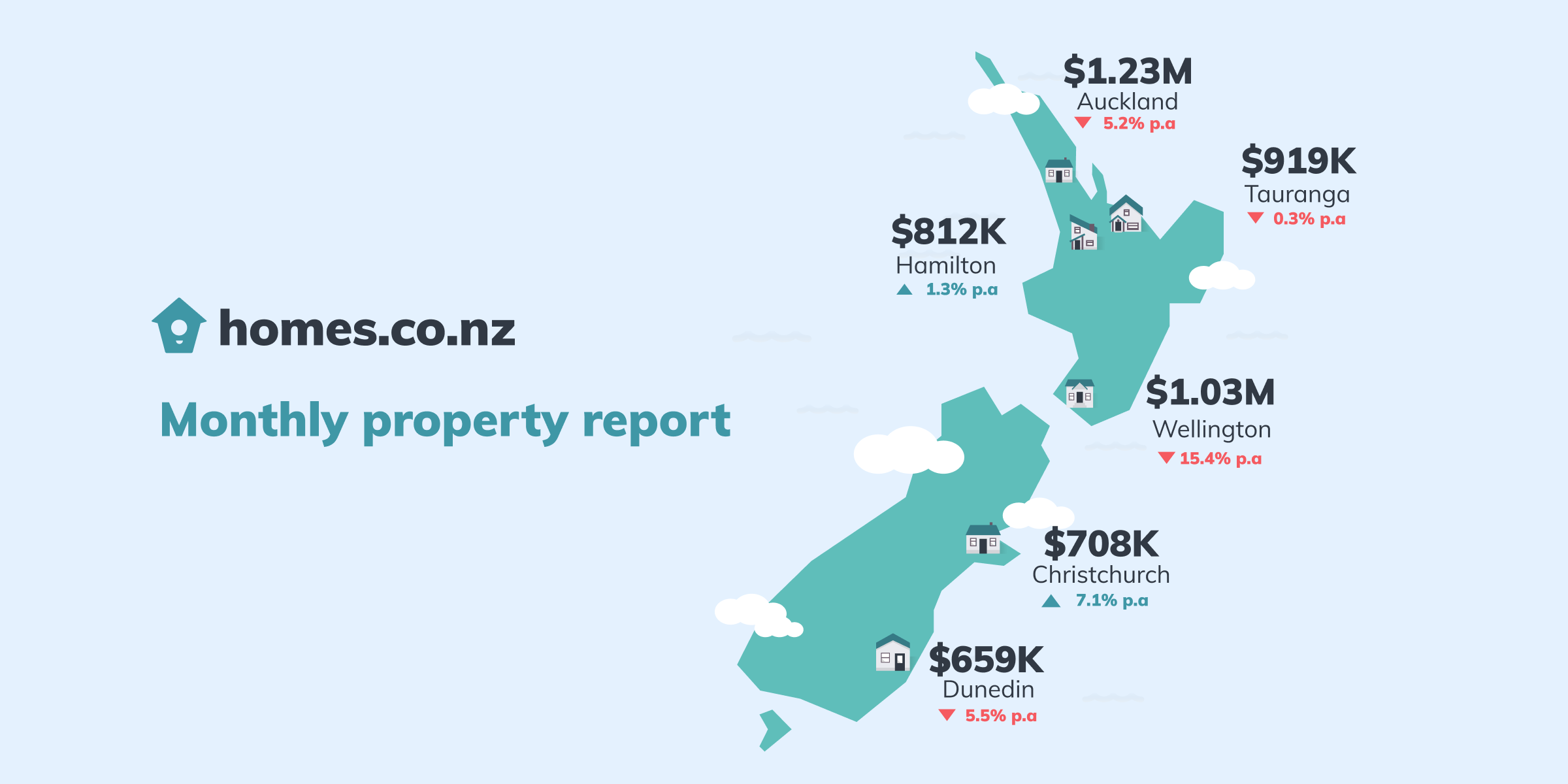What is revolving credit?
A revolving credit loan acts in a similar way to a large overdraft account. A revolving credit account is a current account that can be withdrawn without notice. This type of account caters to frequent deposits and withdrawals. You can deposit any income you receive (wages/salary, proceeds of sales, bonuses, etc.) and pay all your expenses from this account.
You will only pay interest on the balance of your account and not on the full overdraft amount. For example, if your overdraft limit is -$200,000 but your account balance is only -$147,000, interest will only be charged on the -$147,000.
The revolving credit loan can be set up as a reducing loan. With a reducing loan, the overdraft limit is not fixed, and it will reduce by the amount of your previous mortgage repayments, meaning that your overdraft limit will reduce over time. Some lenders offer an initial non-reducing term on this facility, meaning your limit stays the same for an agreed period before reverting to a reducing facility.
Another form of revolving credit is an offset account – the key difference is instead of using one account, the bank looks at your cash savings across multiple accounts and offsets the balance of all of these against your mortgage.
Using a revolving credit to save interest
Paying interest on a portion of your mortgage can save you a significant amount in interest over the life of your loan. Calculated daily, every day your account is below the limit, you are saving in interest!
For an offset account although your overdraft maybe -$200,000 at the limit, you may have $53,000 savings sitting in another account – with an offset account you will only be charged interest on the -$147,000. (-$200,000 + $53,000 savings = -$147,000 mortgage).
You can also use revolving credit to manage your debt consolidation, by paying off high-interest credit cards with your revolving credit money.
Another benefit of using a revolving credit loan is that you can make as many lump sum payments as you like to this type of account. Meaning, any additional income you may get can be added onto your loan. You are therefore able to pay off your loan much faster or reduce the amount you pay in interest over a period until you withdraw that money for something else.
Using a revolving credit for equity recycling
What is equity recycling? It is when you take equity from an existing property to use as a deposit for an additional property. To find out how equity works you can read this article or find out instantly what equity you have by taking the online Mortgage Snapshot.
Often when you buy a property you are fully leveraged, however, if you:
● are renovating to add value
● have purchased under market value
● have waited several years
You will find that as the value of the property increases you will have accessible equity. You can apply for a top-up to access the equity (read this article about restructuring), to do this you will need to re-apply for your mortgage. If when you first created your mortgage you planned to recycle equity and put a revolving credit in place – you will have access to your equity without needing to talk to your bank at all.
Should you get a revolving credit?
Talk to a mortgage adviser to see how it could help your situation, it is a hugely powerful tool if you are:
● Looking to consolidate debt
● Looking to build a portfolio
● Have large cash savings for tax or other reasons
● Receive your income in large lumps, for example, annual or quarterly commission payments


